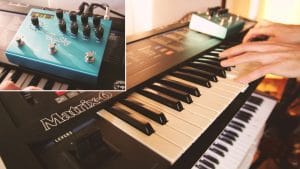
BigSky Bloom Reverb – This Week’s Preset: “7 Wonders”
This Week’s Preset: BigSky’s Bloom Reverb and a vintage synth! Let’s start off the day right, with a vintage synth and BigSky’s bloom reverb machine.
Free US Shipping On Orders Over $49
Easy 30-Day Returns
Financing Available Through ![]()
Bob Guido’s latest self-titled release feels like a Choose Your Own Adventure. Each person that listens to this album is going to have their own journey that they go on with it. The songs lift you up and float you through the most beautiful places you can imagine. But not only does Bob Guido offer up some wonderfully ethereal songs, he also loves to talk about gear, which is great, because we also love to talk about gear! Continue reading below to hear all about the making of Bob’s album, and even download a couple of the presets for TimeLine and BigSky!
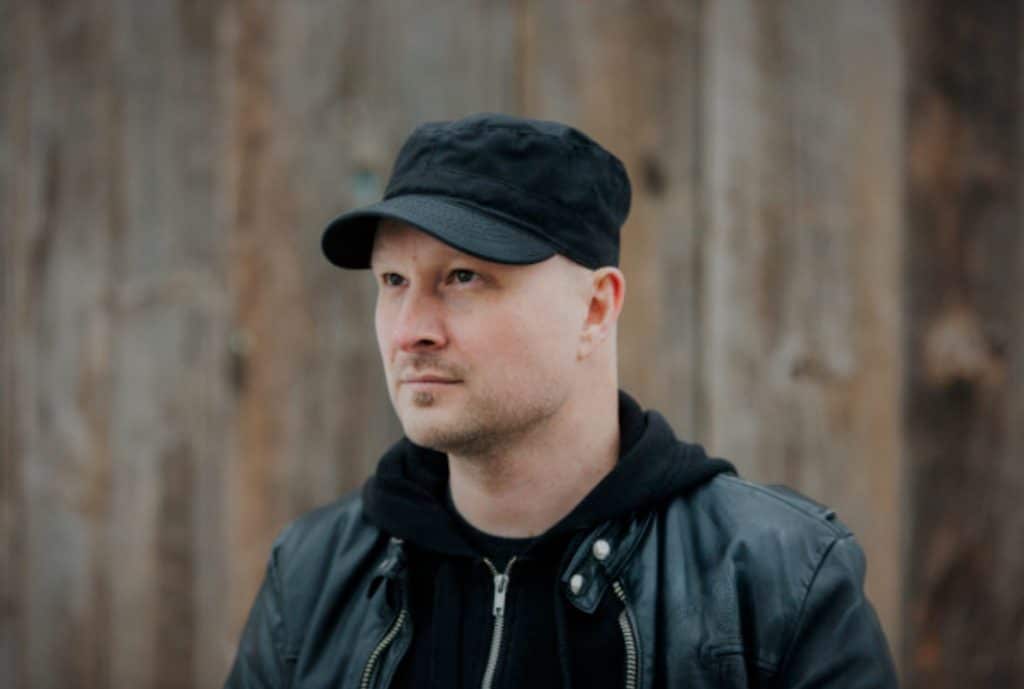
What was your general approach to making your new self-titled album?
Making records is about creating imaginary places and then going there. I think the hope with my album is to take other people there as well.
There was an urgency to make something that felt unique and necessary, so the album was made over a long period of development. I was extremely curious about discovering what the “Bob Guido Sound” could be and spent time diving deep into my subconscious. I didn’t want to make an album that could be disposable, but something that felt relevant. With each song I questioned whether or not it deserved to have a life beyond my studio. Is this honest? Is there something unique about it that truly resonates in this moment? Does this music reveal the intensity of my imagination? Is it timeless sounding? Will it hold up in 20 years from now? Does it present a new perspective and new sonic surprises each time you listen to it? Is the music elegant enough that people could enjoy it right away without having to struggle to find the beauty in it? Is the whole album designed in a way where it could enhance someone else’s life or even be life changing?
When the album was finally released earlier this month, Bandcamp.com, bless them, placed the album in their New & Notable Albums in the #1 position for three different music genres. The fact that they found it hard to place my album into a singular musical categorization was very encouraging and also affirming.
That’s great to hear! Your music is often very lush and atmospheric but also very melodic. Can you give us a bit of insight into how you use effects to create your sound?
I’m committed to being open minded. In any moment I might be surprised by something I discover and suddenly I’m curious about its possibilities, and completely change directions. There’s nothing to lose by experimenting. Targeting a specific sound or music genre is too inhibiting for me. The last thing I want to do is produce work with a feeling that I’m trying. It has to flow out spontaneously.
My Pedal Library is where I keep my guitar pedals. I have a few empty pedal boards of different sizes that are like blank canvases, ready for me to assemble the pedals. I build each sound while I’m creating new music. The Pedal Library is like a bookshelf with glass doors so I can look inside and take stock of what’s available; then I start to imagine what combinations might work to convey the emotion I’m feeling. Every time I record a new instrument layer within one of my songs, I design a new sound for it in response to what’s already there. I build the mix as I go. My empty pedal boards are powered by the Strymon Zuma and Ojai so there’s more than enough power available to be ready for any new selection of pedals. It’s construct and deconstruct several times a day.
The spirit of experimentation is vital to making new discoveries and developing artistically for me. I don’t like to repeat myself, so finding new sounds each time I play in the studio provides new inspiration to work with. One thing I’ve come to realize is that my mental state when I’m working on musical ideas doesn’t cooperate with the frame of mind I’m in when dealing with equipment. That’s the main reason I use Strymon pedals. They give me sophisticated sound quality but are ridiculously intuitive. Amazing sounds manifest naturally. It’s empowering.
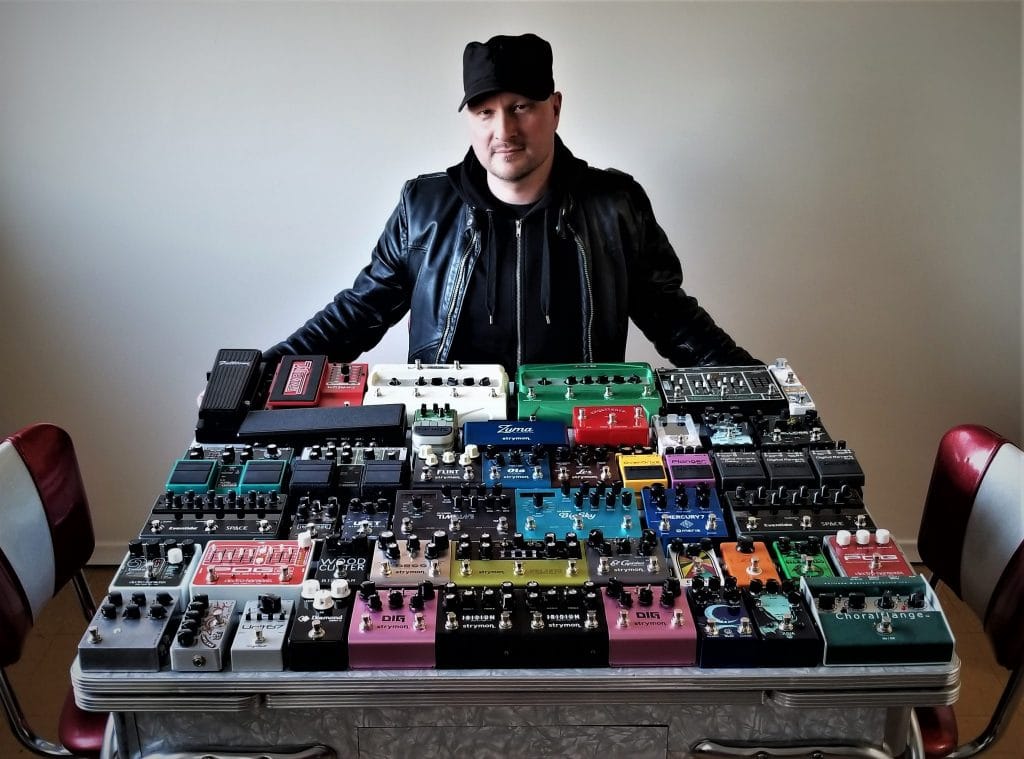
It sounds like the effects you use are an integral part of your writing process. What other things inform your compositions?
I’m very interested in musical phrasing. How you move from one note to the next in unexpected and intriguing ways is something I’m always reaching for. Incorporating effects treatments that enhance those interesting movements and micro-gestures is the nuance that I think lets you know who you’re listening to. In music college, I spent most of my non-classroom time in the library studying experimental, Indian, Arabic, Celtic, and African music. The exotic phrasing styles from different music traditions and cultures inform the way I move around on string instruments. I’m often more observant of how I connect one note to the next than what the whole musical phrase sounds like, because I work at the local level of a melodic phrase.
Having the freedom to play many musical instruments means that I have the privilege of choosing my intention. Inner wisdom says to always start with a real acoustic vibrating source and it will help define the outcome of my individual style. There’s a complexity of character that acoustically vibrating instruments naturally have. The individuality of each person’s touch on a string for example. That translates unapologetically, and I do believe that’s where your musical voice flows out from, even if you add a massive chain of effects after that source.
There’s something beautiful about tonal ambiguity as well. When you can’t tell what key or mode the music is in and can achieve tonal obscurity, you’ve hit another level of “musician.” There’s a lot that you have to get right to establish that level of dissonance and it’s often determined by what notes you leave out. Some of Strymon’s algorithms really help me to obscure the balance of light from dark, up from down, forwards from backwards and new from old, using my special mixing system.
What’s this mixing system you’re using and how do you use it?
My interest in effects devices is very idiosyncratic, so it’s about how I use effects and combine them using some very complex and detailed evolving signal paths, and I have two rack units that I use for their “mixer” functions only. The TC 2290 Digital Delay and the Fractal Audio Axe-FX II. The 2290 has a complete guitar pedal mixer built into the back side. Each patch point is assigned to a set of commands that can be automated via controller and program change messages. Truly one of a kind, over-engineered technology for 1985. I often use the Strymon BigSky, TimeLine, and other pedals patched into the 2290’s pedal routing mixer. This allows me to combine pedals in different routing configurations that can be switched on the fly with the push of a button, or I’ll use MIDI to automate different effects chains to change in real time. In some of my songs, you can hear that each note in a single guitar part has a different sound effect on it. It’s laborious to setup but makes it easy to be expressive, and it’s fun.
I also use the Fractal Audio Axe-Fx II for more complex possibilities. I don’t actually use the Fractal for its effects. I use it for its genius mixing system – the “blocks” routing matrix. I can patch four different pedal chains into the physical I/O on the Axe-Fx II, then use the blocks editor to move those pedal chains around in any configuration imaginable: into each other in any order, back into themselves in any order, into each other and then both back into themselves, etc. Routing scenes are also controlled and automated via MIDI. The possibilities are forever fascinating and the results are exotic and surprising. I find the interactive dynamic of changing entire effects chains in real time with what I’m playing on an instrument more expressive. I’m less interested in expression control/ramping of individual parameters on pedals and more interested in shifting the whole sonic landscape at any given moment in response to the emotion I’m trying to convey.
You’ve got a lot of effects pedals, and you have almost every pedal we’ve released to date. What do you look for in pedals, and why do certain ones work well for you?
Well, I eschew pedals that try to do too many things at once and have a non-intuitive user interface. I don’t make each pedal work too hard but instead use larger combinations in unusual ways. Pushing the boundary that divides an awesome sound and an awful one is time well spent. For me, it’s about choosing carefully, things that will play a significant role in artistic development. Art is a reflection of life, not just the consequence of disposable and addictive technologies.
How pedals interface with me as a musician is what I find empowering. The way they’re engineered and tuned by ear during their development is what sets the good ones apart. I don’t think I have ever been more pleasantly surprised by a piece of gear than when BigSky and Volante arrived. Iridium is exactly what I asked Strymon to make in a stereo amp simulator and I’m delighted and grateful to them for listening. In my opinion, it’s the best amp simulation product ever made. It’s everything you need and nothing you don’t to complete a full stereo rig.
You’re very specific about your requirements from pedals. What are some of the features that you couldn’t live without?
Definitely tone shaping features. Strymon has some of the most musical tone shaping characteristics baked into their designs. I bought the TimeLine as soon as it was released and the LO-FI program is something I used right away, placing it at the end of my effects chains to make things sound hazy and darker like dusk when the sun has set and the light is almost gone but not quite. I love that kind of enigmatic mysterious feeling I get from things being out of focus and distorted with barely enough light to make out what’s there. Sometimes I combine one of the filters from the TimeLine LO-FI program with the tape age control on the El Capistan and other tone controls on Strymon’s pedals to multi-filter things, placing them even more distant into a fog.
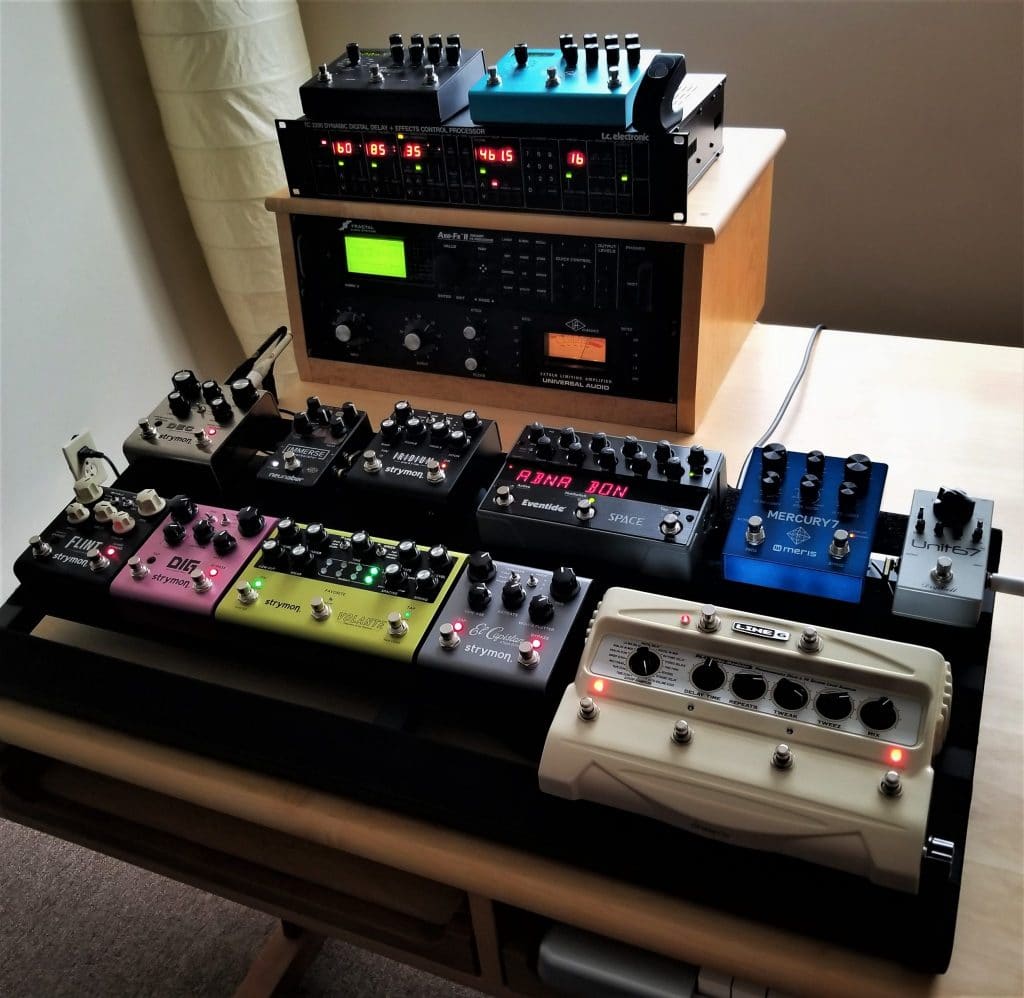
The first track on your album is a sweeping cinematic piece filled with gorgeous textural guitars, violins, vocals, and singing lead work. Can you tell us what inspired it?
“Astra Eterna” is inspired by my personal experience of astral projection, also known as an out of body experience. I was only seven years old when this happened, but it will likely haunt me for eternity. After it happened, my perspective of the world was different. Over the years, I created 20 sound sketches; attempts at recapturing the feeling I had in that moment. “Astra Eterna” was putting together all of these sketches, like pieces of a puzzle while trying not to lose the mystery in each of them.
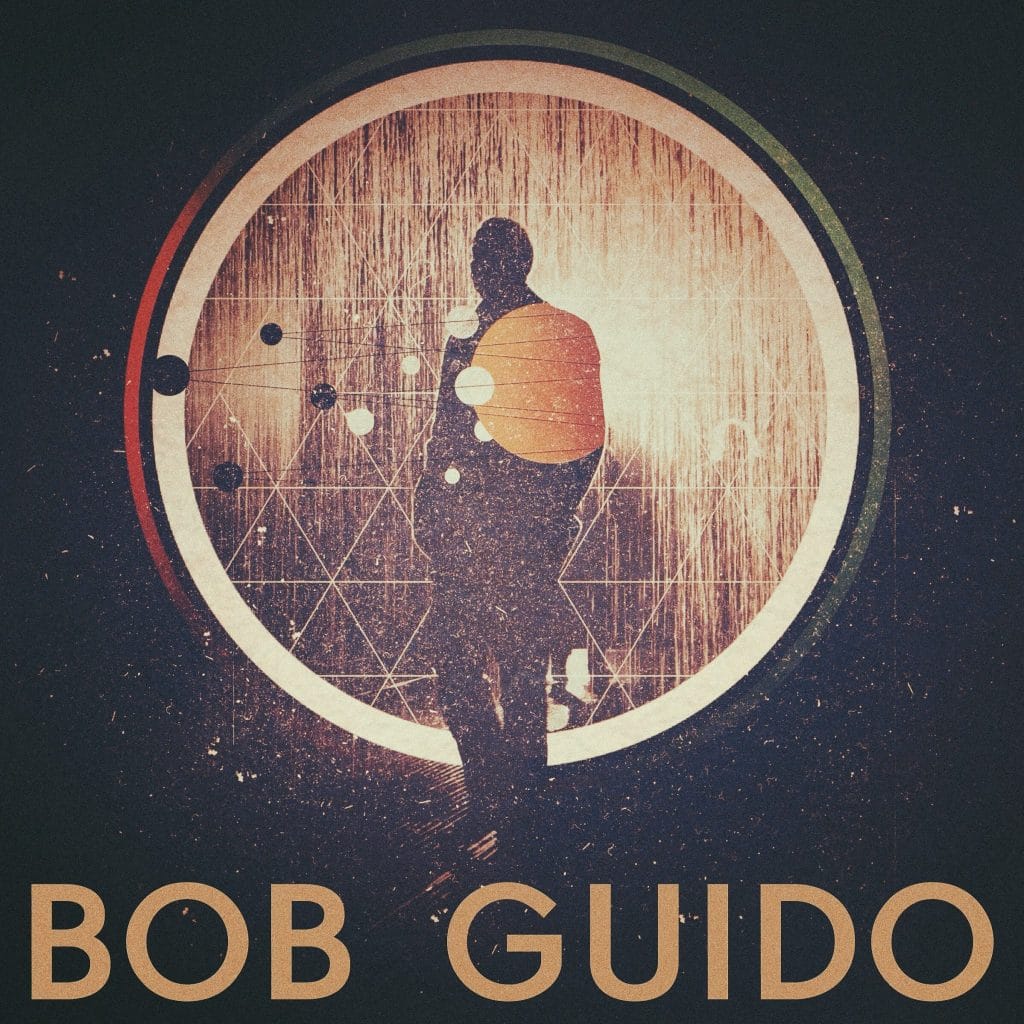
How did you use the TimeLine and BigSky to help you achieve the beautifully haunting melody guitar sound that starts the song?
That was recorded in stereo using a modified Stratocaster into the DryBell Unit67, TimeLine, then BigSky, and recorded directly through a pair of original Neve 1084 preamp modules with the hardware EMI Abbey Road Curve Bender mastering equalizer at the end of the chain to add some fairy dust. More reverb was added during the mix from a Lexicon PCM92 rack effects processor using a Large Random Hall program. Several days were spent adjusting and tweaking to create the spacious 3D quality that’s part of the song’s signature sound. Mixing engineer Julian Kindred and mastering engineer King Willy took it even further into the deep and wide realm.
I use the Dual program on the TimeLine. Dotted eighth note delay on the left and a quarter on the right with generous repeats. I leave the voicing of the delays completely open without attenuating any part of the frequency spectrum because the cascading repeats are integral to the “bouncy” rhythmic feel when I’m playing off the effect. When dialing in the speed of the delay’s LFO modulation, there’s a sweet spot that you can only dial in by ear and when you get it just right, your sound becomes totally atmospheric and turns into “Liquid Audio.”
If you give 100 random people the BigSky pedal and say, “tell me what your favorite sound is in this box, you have ten minutes, go!” 95 will come back with “Cloud.” It’s no surprise that everyone from Slowdive, Tycho, Leo Abrahams, Tangerine Dream, Hammock, and many others use “Cloud” as their benchmark reverb. It sounds breathtaking on its own in stereo, and it blends well with other effects and reverbs that have a different voicing. I make use of all the BigSky reverb algorithms, but the Cloud is Strymon’s Mona Lisa. On “Astra Eterna,” I use Cloud with medium-long decay, plenty of modulation, and tone a bit darker.
Download the presets for “Astra Eterna.” Astra on TimeLine (download) and Eterna on BigSky (download).
Any final thoughts?
Technology changes fast and gets better all the time, but technology has nothing to do with the musical problem, the challenge, and that’s composing something that turns sound into emotions. Experiencing extraordinary emotional moments is central to why we need music in our lives.
Find Bob online here:
Official Website
Spotify
Bandcamp
Soundcloud
Facebook
Twitter
Instagram
Subscribe to our newsletter to be the first to hear about new Strymon products, artist features, and behind the scenes content!

This Week’s Preset: BigSky’s Bloom Reverb and a vintage synth! Let’s start off the day right, with a vintage synth and BigSky’s bloom reverb machine.
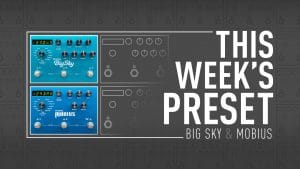
A veteran of the Dutch music scene, Evert Z (real name: Evert Zeevalkink) has worked as a session guitarist and producer with a variety of
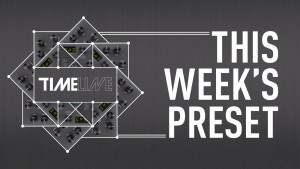
One of my favorite things to do with TimeLine is to use the Lo-Fi machine to corrupt my signal, and then soften it up with
3 Responses
As a mastering engineer Bob’s album was a dream job (pun kind of intended :))
Still trying to get him into getting a Magneto though! I can’t live without mine.
Great interview by the way.
Great interview Strymon and Bob. I have been a big fan of Strymon’s brand and Bob’s music.
It has been a great pleasure to watch Bob go from eager protégé to thoughtful, self-assured musician and artist. Bob is a wizard of composition, guitar virtuosity and sound sculpting! I will continue to trumpet his talents to whomever may hear me. The attention to detail and awareness is inspiring and this album should remain a timeless first release. Congrats also to the team here for innovation and sonic excellence.